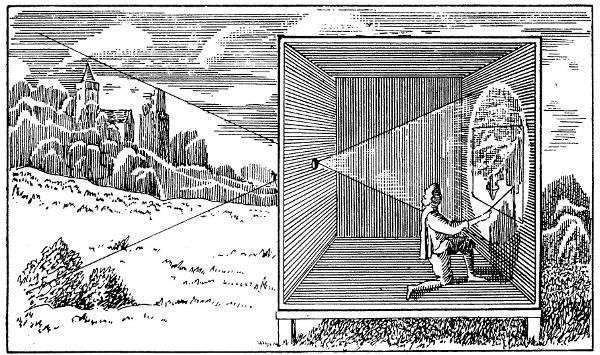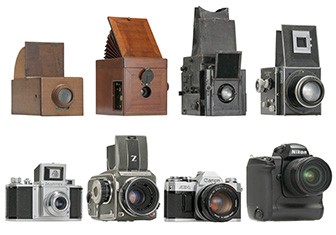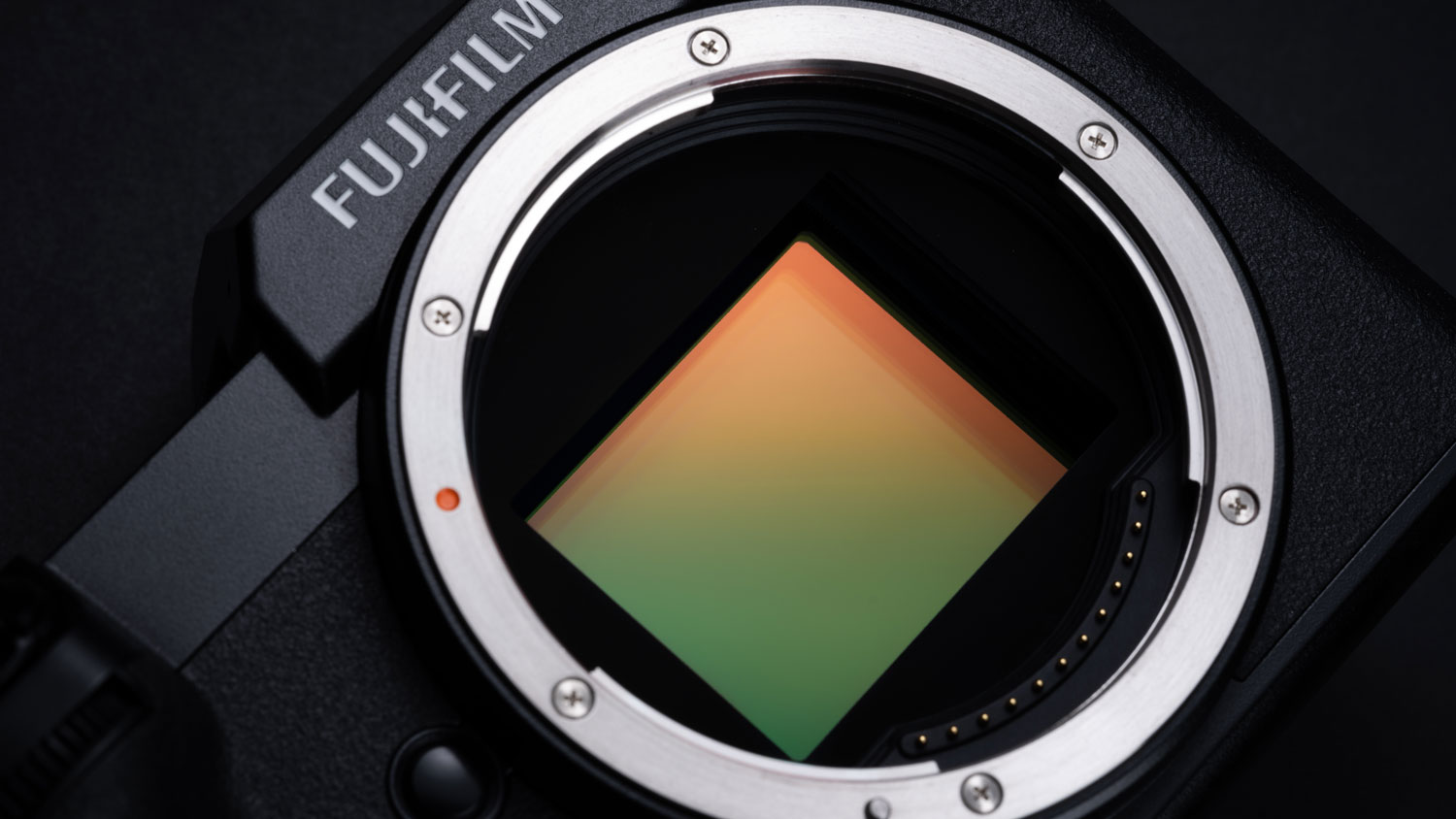What is Photography?
Unraveling the True Essence of ‘Light Drawing’ and Its Historical Evolution
By: Anton Fernando
By: Anton Fernando
When you think of ‘what is photography’, what comes to mind? Maybe It’s taking pictures, Capturing memories or moments, or Something to do with cameras?. But did you know that the word ‘photography’ isn’t even English? It comes from two Latin words that mean ‘drawing with light’. That’s right! Every time you take a photo, you’re sort of painting with light. In this journey, we’ll dive into the cool history behind it and see how a simple click can tell a whole story. Ready to learn some fun facts about your camera and the magic it can do?
1. The Historical Underpinnings:
The endeavor to capture light and render it onto a surface traces its roots far deeper than the advent of what we traditionally recognize as ‘cameras’. The foundational concept behind capturing an image can be seen in the age-old invention known as the camera obscura.

2. Photography’s Etymological Origins:
The term “photography,” echoing the art of “drawing with light,” traces its roots to the Greek words φωτός (phōtós), meaning “light,” and γραφή (graphé), which translates to “drawing” or “representation by means of lines.”
While the essence of this term underlines the fundamental role of light in creating an image, the historical journey of the word itself is fascinating:
3. The Camera’s Timeless Core:
Journeying from the simplicity of pinhole cameras to the intricate daguerreotypes and onto today’s digital marvels enriched with automation, technology, and AI, one might assume the soul of the camera has transformed. Yet, beneath the layers of advanced tech and intricate algorithms, the camera’s undying essence remains unchanged: to masterfully control and capture light. No matter how sophisticated our devices become, they are still fundamentally rooted in the age-old dance of light and shadow.

4. Creative Interplay of Light::
At its foundation, exposure is about managing the light that greets the camera’s sensor or film. Traditional teachings often dictate that overexposure, which allows an abundance of light, results in overly bright photos, while underexposure, which limits light, produces darker images. Yet, in the eyes of an artist, is there truly such a thing as ‘bad exposure’? I believe that exposure shouldn’t be strictly prescriptive. Instead, it should be an expressive tool, a ‘creative exposure’ if you will, that aligns with our unique visualization. Every photograph is a canvas, and light is our brush – it’s up to us to decide how we paint our story.

5. The Sensor: The Heartbeat of Modern Photography:
Often hailed as the crucial component within a camera, today’s sensors are not just instruments but technological masterpieces. They deftly capture light, weaving together intricate details, and then magically translate this into the digital realm. The sensor’s prowess determines the clarity, sharpness, and richness of the resultant ‘light drawing’. Diving deeper into the nuances of sensor types, the advantages and limitations of larger sensors versus more megapixels, the art of analog-to-digital conversion, and the myriad ways in which colors are preserved, reveals a world of wonder. It’s a subject so expansive and vital that it deserves its dedicated spotlight – something I aim to explore in an upcoming blog.

6. The Digital Age, AI, and the Art of Visualization:
The digital revolution, propelled by artificial intelligence and computational photography, has transformed the landscape of the craft. There’s no denying the advantages; these advancements have democratized photography, making it more accessible and allowing many to effortlessly capture beautiful moments. However, amidst this sea of automation, there’s a risk of drifting from the essence of photography – the art of visualization. It’s this very act of seeing, of dreaming, and of creatively interpreting that turns a photograph from good to great. While technology can aid in execution, it cannot replace the human touch of imagination and emotion. In my workshops, this balance between embracing technology and nurturing visualization forms the cornerstone, ensuring that participants not just click but truly ‘see’.
7. A Renaissance in Modern Photography:
In an age where millions of snapshots flood the digital sphere daily, grasping the true spirit of photography becomes the bridge between the everyday and the extraordinary. It’s not about mere quantity, but the quality of vision behind each click. By reigniting our bond with the foundational principles of this art form, we not only drive innovation but also kindle a profound appreciation for every frame. In essence, it’s a call for a reawakening – to look beyond the lens and find the soul of the story we’re capturing.
Conclusion: As we navigate the vast sea of modern photographic advancements, we must also anchor ourselves to its deep-rooted essence. Photography isn’t merely a technological feat; it’s a poetic dance of light and vision, a canvas where light sketches stories and the camera becomes the storyteller’s quill. As we continue this journey, let us not just capture moments, but truly live in their luminescence. Join me in this celebration, as we delve deeper and resonate with the heart and soul of photography.

 Empowering Caregivers Through Photography: A Community Project by Bluepasca...
Empowering Caregivers Through Photography: A Community Project by Bluepasca...